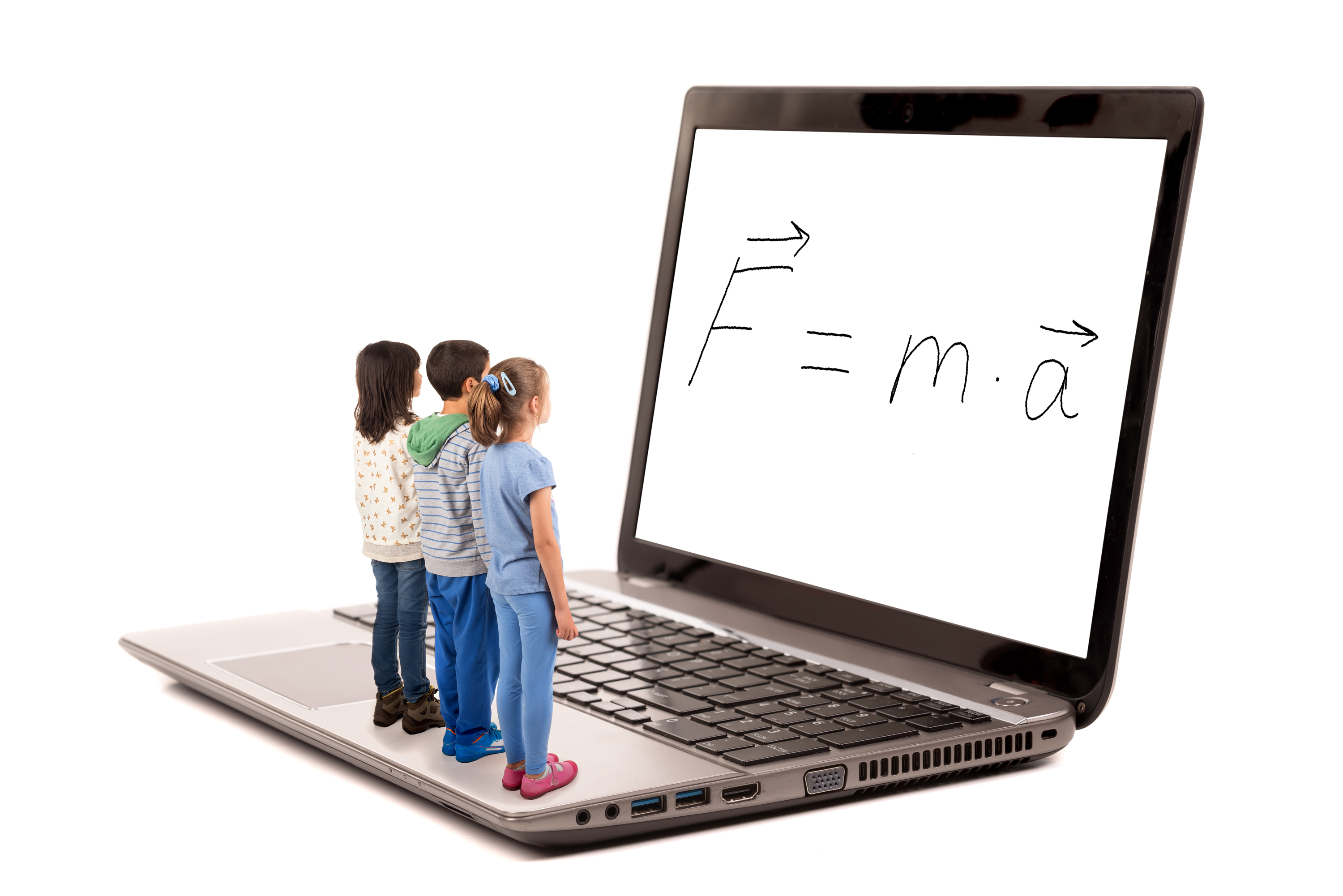The Independent Center for Integrative Education: Learning without Limits
Do You Speak Math?
Instructors: Valery Fradkov and Adina Fradkov
For course description click here.
For course syllabus click here.
What: An online course for students, interested in understanding what math is really about.

Traditionally, math is taught as a set of
rules, symbols, theorems, exercises and awkward "word problems" pretending to be
about real life. We would like to introduce it as what it really is: a compact
and powerful language to describe simplified models of reality. Historically,
those models came mainly from physics and moved on to engineering, chemistry,
games, economics, computer science etc. This "lingistic" approach makes it
easier to appreciate math and science by people with a "humanitarian brain."
Showing how the most basic physical models begot
specific linguistic tools makes use of those
tools intuitive, replacing memorization with common-sense thinking and
understanding. Knowing the motivation for a tool, students can even re-invent
it! With this approach, there is no need to oversimplify concepts or sacrifice
rigor of statements and methods. Our experience shows that even the most
abstract, rigorous, advanced and powerful mathematical concepts introduced in
the right context cause no confusion and are easily understood by the students.
Without overloading the student’s cognitive abilities, we will naturally
introduce, use, and solve problems in set theory, logic, number theory, calculus,
analytical geometry, linear algebra, trigonometry, theory of functions,
differential equations, and much more.
Physics in this class is also introduced
differently from its traditional image. We focus on the method of physics, which is
creating and analyzing simplified models of natural phenomena. The simplification
means abstracting from everything that can be neglected without throwing away the
features of interest, which depend not only on the phenomenon studied, but also on
the types of questions people ask about it.
For that purpose, people created a mathematical language to describe
those models and draw predictions that can be experimentally verified.
Therefore, in this class we approach some areas that are not typically
associated with physics, such as some topics in geometry, along the same lines as other
physical models.
Homework in this course offers two types of
tasks: exercises, that are necessary to build up
fluency when studying any language, math included; and problems, that are
integral part of the course because many important mathematical concepts and
methods are introduced there. Skipping the homework will not prevent students
from participation in further classes. However, if they skip the exercises,
their ability to follow will be
reduced due to lack of fluency in the language we will use,
and skipping the
problems will deprive the students from learning about many important physical concepts and
mathematical techniques.
The answers, solutions, and explanations are provided
for all exercises and problems.
The target audience for this course is children
ages about 12 and up. They will acquire skills and imagery from which they will
draw analogies and concepts. That will help them solve problems in any area
they will become interested in the future, be it science, technology, or
humanities.
Syllabus
Classes are offered online for groups of 5 to 9
students. Those who are ready to commute to Bergen County, NJ,
are welcome to participate in person.
The duration of each class is 90 min, which includes a 10-min break
in the middle. The syllabus is subject to change to adjust to specific
questions and interests expressed by the students during the course.
Over the ten weekly classes of first part of the course, we will discuss the following most
basic physical models:
Topic I. Discrete object model. (3
classes)
- Countable
and uncountable nouns in natural languages
- Discrete or continuous? Not
clear without a context.
- Identifying (naming) objects.
- Classes
- Sets
- Enumeration (natural numbers)
- Counting objects (whole
numbers)
- Counting steps (integer
numbers)
- Dividing objects (rational
numbers)
- Symbolic expressions. Three
meanings of the equal sign.
- Isomorphism: a most powerful
tool in problem solving
- Measurements, units and errors.
Dimensionality analysis.
- Limits as a guarantee that measurement
is possible with any accuracy
Topic II. Model of a point (2
classes)
- Context:
an object which is far away.
- The only attribute: position
- Ambiguity of terms. Point as an
object, point as a position, point as a central idea, etc. Role of
context.
- Coordinates.
- Points on a line. Irrational
numbers. Real numbers.
- Numbers and points:
algebra-geometry dualism
- Dimensions and degrees of
freedom
- The only possible operation:
displacement (vectors).
- Vector operations: addition,
subtraction
- Displacement and distance
- Vector components
- Operations on vectors: rotation
and scaling
- Vector operations in 2D:
complex numbers
- Vector operations in nD: introduction to linear algebra.
Topic III. Motion: adding time to
position (2 classes)
- Concept
of time and its evolution
- Model of time
- Measuring time
- Trajectory (position of a point
as a function of time)
- Frames of reference
- Rates of change (derivatives)
- Velocity and acceleration
(generalization of vectors)
- Reverse problem (integrals)
- Average velocity
- Velocity and speed
Topic IV. Point mass (3 classes)
- What
makes objects move? Four inseparable laws of Newton
- First law: Inertia and inertial
frames of reference
- Second law: masses and forces
- Third law: why mass is all we
need to know to predict motion.
- Law of gravity: why inertial
frames of reference exist
- First law as ordinary
differential equation (ODE)
- Free fall in the vicinity of
Earth surface
- Free fall far away from Earth
surface (orbital motion). Astronomy.
- Small parameter, Taylor series,
first non-vanishing term
- Hook's law, Ideal pendulum,
Oscillations (trigonometry)
- Liquid friction (exponential
decay)
- Unstable equilibrium
(exponential growth)